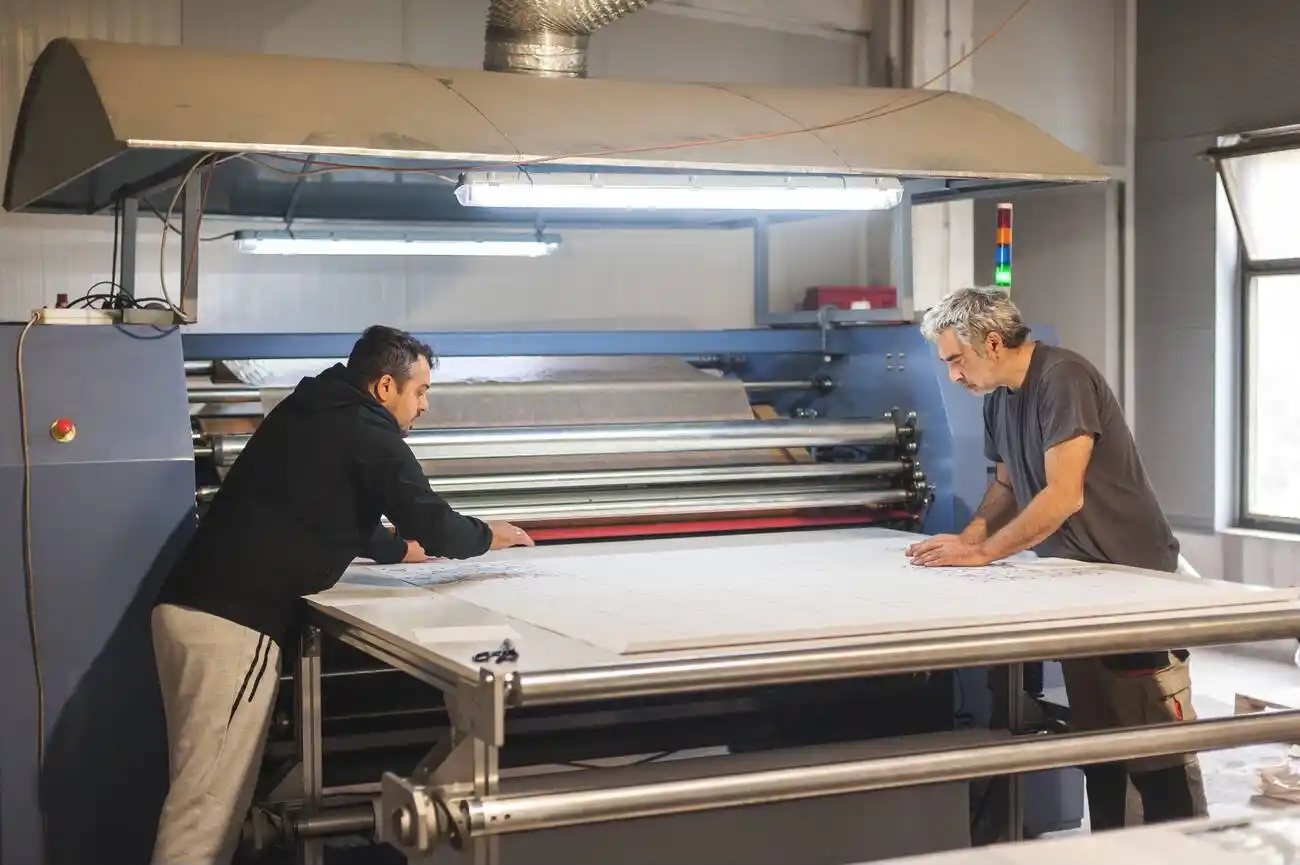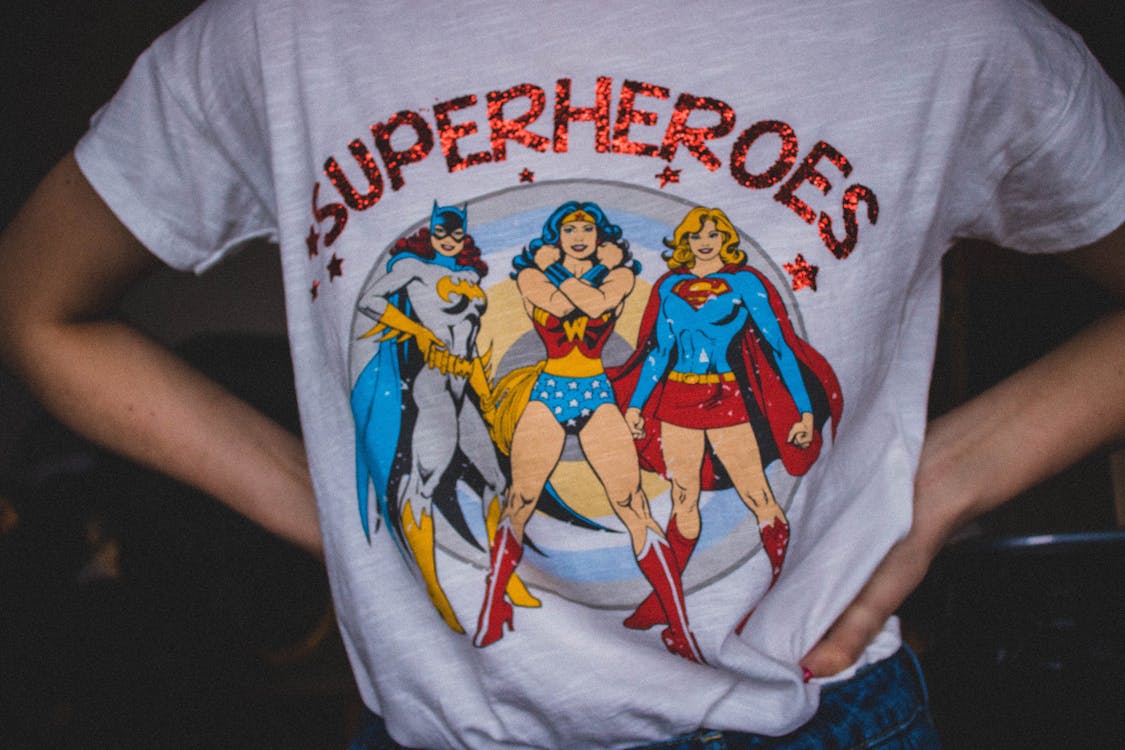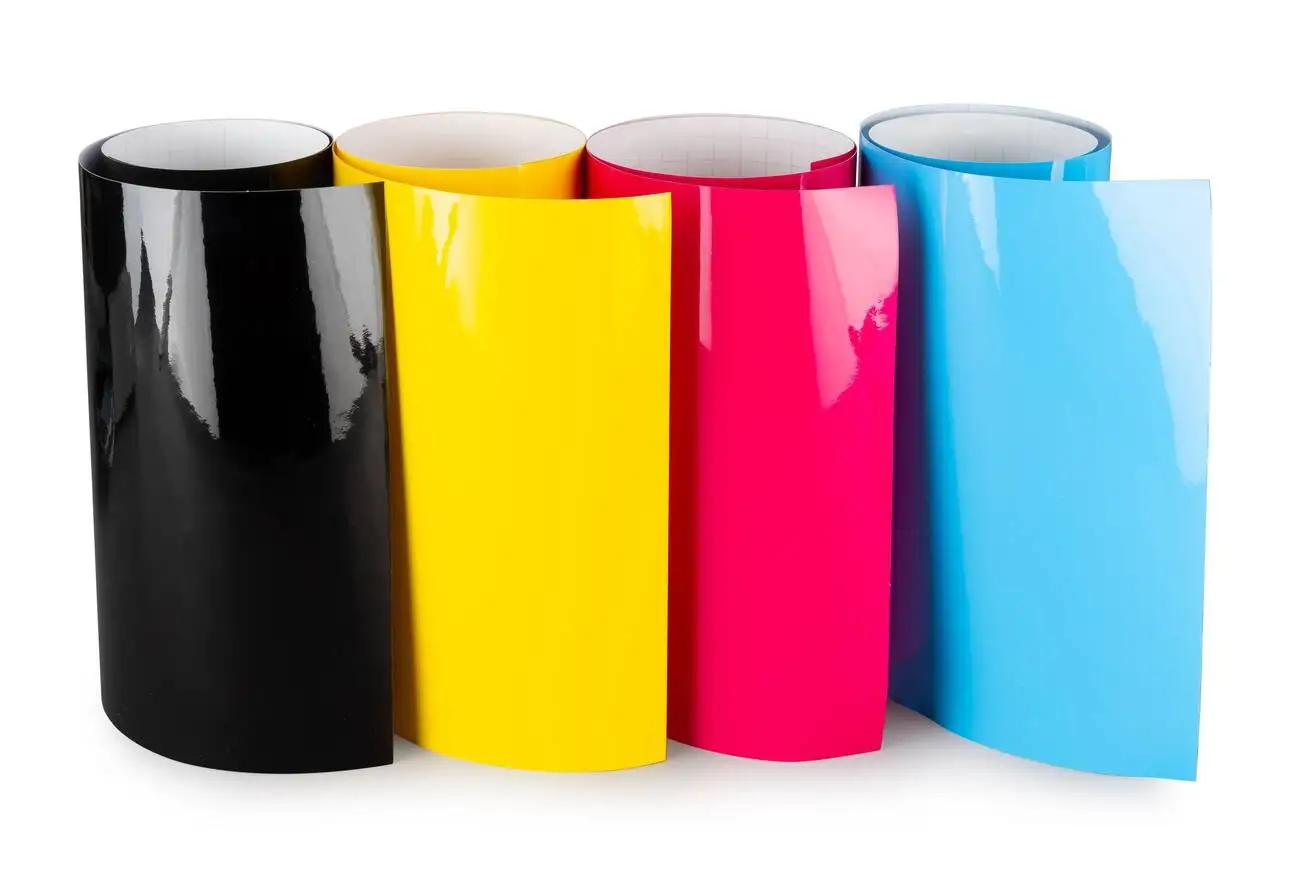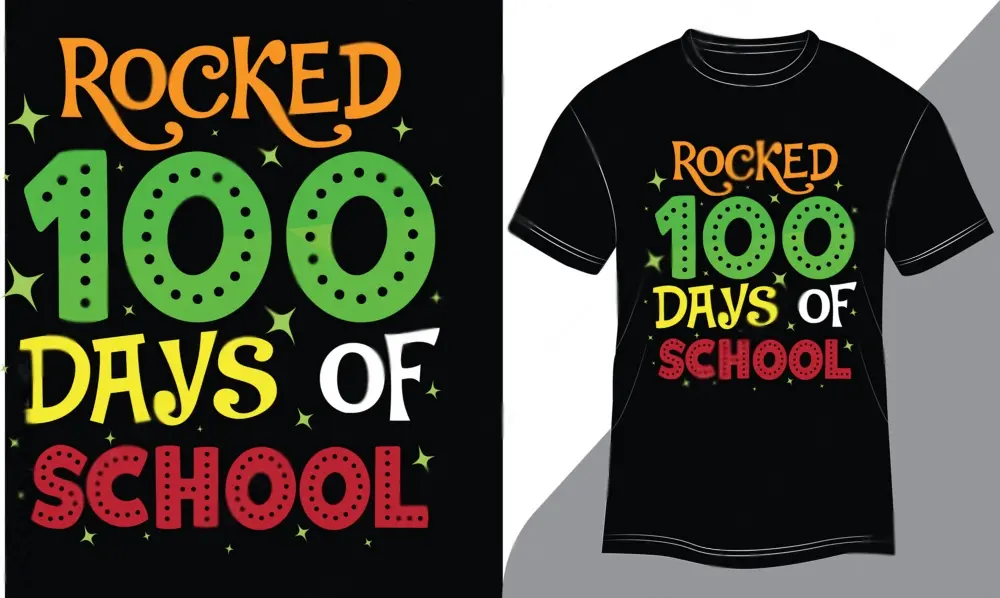Vinyl and sublimation might sound similar, but they’re not the same. Whether you’re looking to start a new printing business or just curious about these popular methods, knowing the differences between the two can help you make informed decisions.
Contrary to popular belief, vinyl and sublimation are not similar. And if you’re looking to kick start a new printing business or just brush up on your crafting knowledge, knowing the difference between the two is important. This article dives into the differences between the two, their advantages, disadvantages and when to use what.
While both vinyl and sublimation are different printing techniques, there’s a slight difference. Vinyl is a digital printing technique in which your desired image is printed using solve-based inks on vinyl and heat-pressed onto the fabric.
Sublimation, on the other hand, is a technique which uses sublimation ink to print on transfer paper, which is transferred to the fabric using heat. Here are some in depth details about the two.
Vinyl Printing

Vinyl printing is a form of digital printing in which your design is first printed onto vinyl, using solvent-based inks. There are two main types of vinyl printing, known as adhesive and heat transfer.
Adhesive designs come with adhesive backs which can simply be stuck to the surface. For heat transfer vinyl, the design is cut out and transferred using an iron or a heat press to ensure the heat and pressure is equally distributed. Heat transfer vinyl printing is great for softer materials, such as cotton and polyester, making it a popular choice for when it comes to designing graphic T-shirts.
Advantages of Vinyl Printing
Vinyl printing is a popular choice among printing businesses since it’s compatible with almost any surface and material. We’re talking clothing fabrics, vehicles, walls, mirrors, windows, you name it. It’s also lighter on the pocket as compared to sublimation, allows you to include any white bits in your design and provides high quality image transfers.
Disadvantages of Vinyl Printing
Amidst several positives, there’s one major downside to vinyl printing which is that the procedure can be relatively time-consuming. So unless you’re a full fledged printing business, large orders may be difficult to manage.
Sublimation Printing
Sublimation, unlike vinyl printing, is printed on transfer paper using sublimation ink. It’s then transferred onto your preferred material using heat. The transfer paper turns to gas due to the heat, causing it to penetrate into the fibers. Upon cooling, the design becomes a permanent part of the material. Sublimation is ideal for transferring colorful images without deteriorating their quality.
Advantages of Sublimation Printing
Sublimation is used widely, and rightfully so. It has several advantages which include detailed printing and durabile designs which can withstand time and exposure to harsh, outdoor environments. In addition, sublimation printing offers you the ability to print with the background still visible, which adds to the design’s overall appeal.
Disadvantages of Sublimation Printing
No conversation about sublimation would be complete without assessing its disadvantages. Sublimation requires a larger budget to get the process up and running, the sublimation ink in particular is quite pricey. If you’re looking to print on white or other bright colors, well and good, otherwise, sublimation and dark textiles don’t exactly go together.
Printing Showdown: Vinyl Vs. Sublimation
Now that we’ve had a quick rundown of the basics of vinyl and sublimation printing, let’s have a face off. While both techniques differ slightly, the major difference is the way the image adheres to the material.
In vinyl printing, a thin coating of vinyl is pasted onto the fabric using heat and pressure. In sublimation, however, the transfer paper sublimates into gas and becomes an integral part of the fibers of the material — making it slightly more durable than vinyl. This is why, although vinyl is good for printing on fabrics, such as cotton and polyester, sublimation is preferred.
Factors to Consider When Choosing the Right Printing Method
When it comes to crafting, there really isn’t any right or wrong way. However, that being said, there are a few factors to consider when choosing a printing method for your project.
- Type of material being printed on
- Quality of image desired
- The durability of the print
- Production time and volume needed
- Budget
Denver Sign Supply — Premium Materials for Your Canvas
Whether you’re team vinyl or team sublimation, we’re team quality wholesale craft supplies. Denver Sign Supply is a testament to quality products, and we make sure you receive nothing but the very best. If you’re embarking on a new printing project, we’d be honored to become a part of your creative process, by providing you with the right materials to bring your project to life.
From printers and cutters, to vinyl sheet rolls of different colors and designs, Denver Sign Supply is your one-stop shop for all your printing needs. Contact us today for more information.






